Metroid Prime 4 proves 'a beautiful game isn’t about power, it’s about purpose'
Nintendo still understands what makes a game truly memorable.
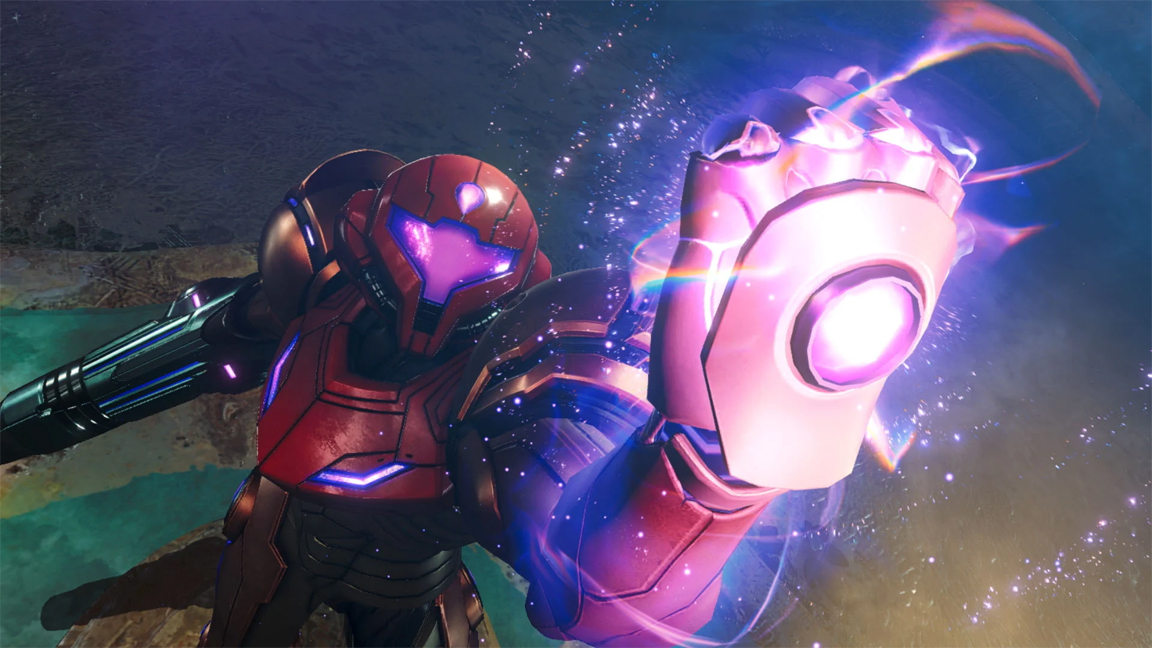
Metroid Prime 4: Beyond is poised to prove that creative art direction matters more than obsessing over the latest hardware and tech trends. While Switch 2 promises to deliver a higher spec experience over Switch, it remains wedded to Nintendo's mantra for delivering affordable, quality gaming that innovates. Metroid Prime 4, a rumoured launch Switch 2 title but also a Switch release, fits with Nintendo's desire to buck trends, to refuse to chase technological advancements and instead focus on unique, deliberate and inspired artistic choices.
The game's unique aesthetic and immersive experience is more important than a box-ticking exercise in higher frame rates and ray tracing. You can make a world look more real, you can improve visual fidelity, but crafting an idiosyncratic environment for players to explore is an art.
I've spoken with many game art directors over the years and they all have the same view, new tech is great but good art direction stands the test of time, it's why the painterly art style of Guild Wars 2 remains iconic after two decades – "We focused on creating something timeless," said art director Aaron Coberly in my recent interview. Metroid Prime 4's visual style – a 1970s pulp sci-fi alien aesthetic piped through Halo – feels fresher than many AAA games running on Unreal Engine 5 (and other current game development software). While UE5 can be used to great effect to support a vision, as seen in the upcoming Will: Follow the Light, it can also become the defining style if a developer isn't watchful.
Metroid Prime 4 follows a modern game design trend that sees the art team lean into strong artistic choices rather than chasing photo realism, and in doing so something far more memorable and immersive is created. It's an approach I've become used to over the years from Nintendo, and it's why despite releasing on Switch as well as Switch 2, Metroid Prime 4 looks so distinctive.
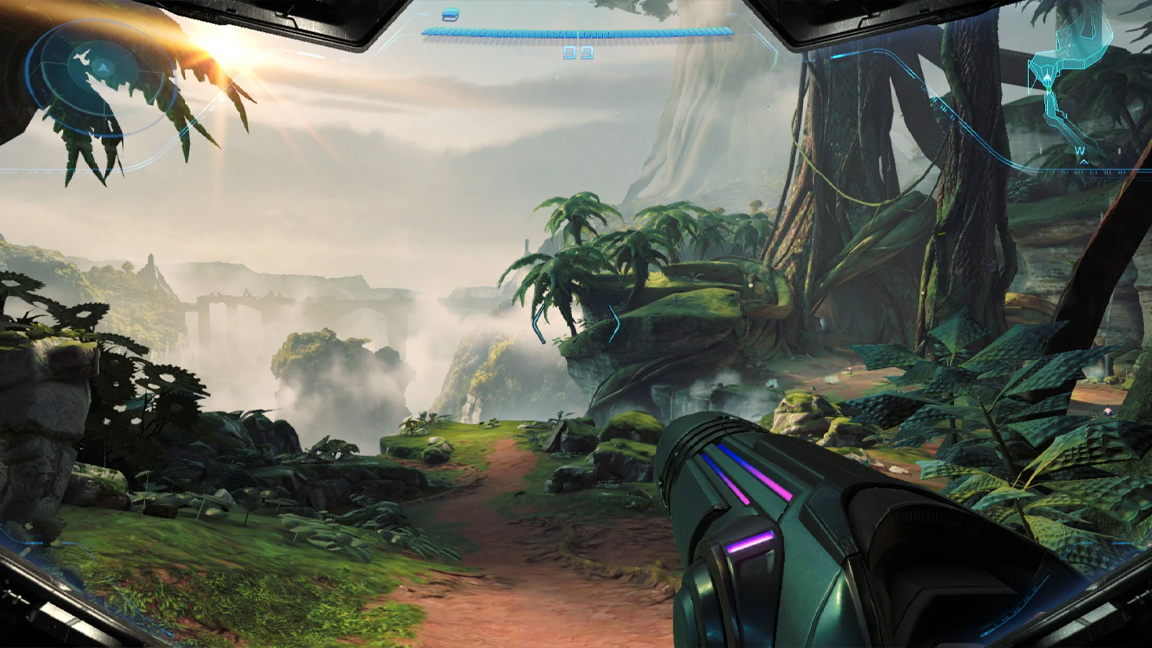
Metroid Prime 4 is a visual treat
A game's unique design doesn't come from chasing high polygon counts, it's the result of a cohesive, intentional artistic vision. This is evident in games like The Invincible, an indie title I love released back in 2023 that's defined by a retro-futuristic aesthetic inspired by the writing of Stanisław Lem. As lead artist Tomasz Kisilewicz explained to me, the goal was to evoke a “feeling of a universe full of tangible machines and analog technology" but not to chase realism. The team at Starward Industries focused on crafting a strong visual identity, proving that atmosphere and style can be more compelling than pure graphical fidelity.
A similar lesson can be learned from the upcoming Clair Obscur: Expedition 33, which fuses realism with a surreal, almost painterly aesthetic. Even though Clair Obscur doesn’t chase photorealism, and it is running in UE5, its striking use of lighting and colour makes it more visually distinct than many games made with larger teams.
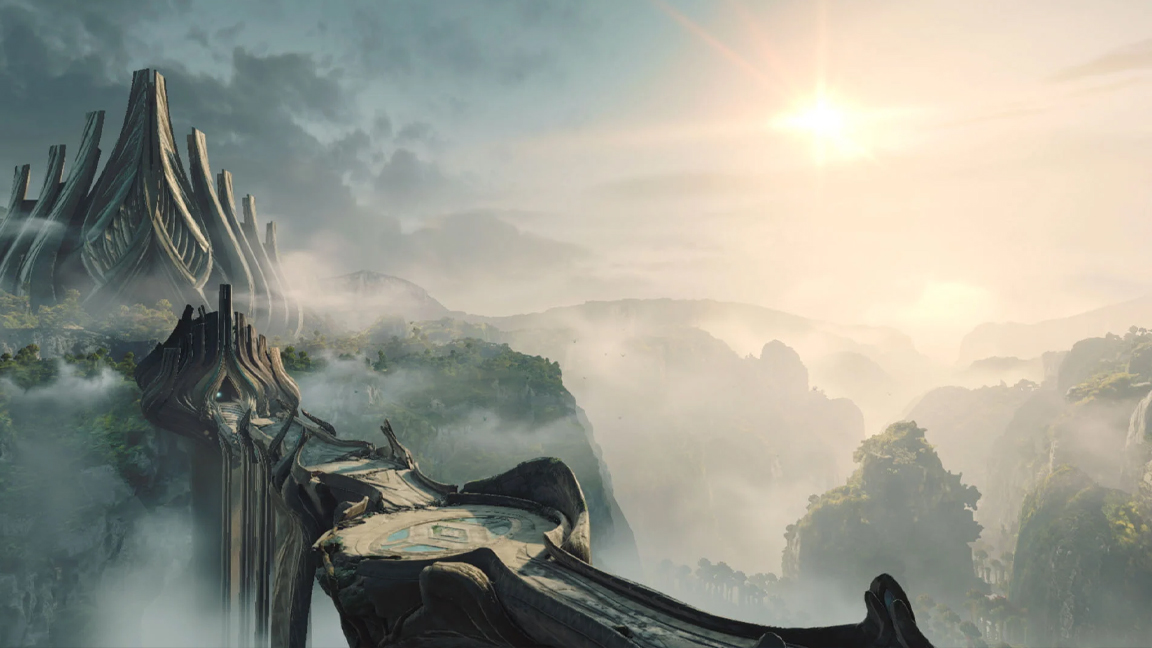
I feel Retro Studios, the developer behind Metroid Prime 4, has taken a similar approach to heart, partly because the game needs to run on the lower specced Switch as well as Switch 2, but also because setting an idiosyncratic artist vision in Nintendo games is often a priority.
Daily design news, reviews, how-tos and more, as picked by the editors.
This philosophy is why Metroid Prime 4 is one of the most anticipated games of the year, despite being developed for ageing hardware. The original Metroid Prime trilogy was known for its atmospheric world-building, and why Metroid Prime Remastered is one of my favourite and most visually arresting games on Switch, because every environment tells a story.
From the eerie, bioluminescent caves of Phendrana Drifts to the organic, pulsating walls of the Impact Crater, the original Metroid Prime crafted environments that remain vivid in my memory and in players’ hearts decades later. This 'retro game' didn’t need cutting-edge technology to achieve its edge – just smart artistic choices and strong world-building.
With these classic games, rather than pushing the limits of the hardware Retro Studios focused on strong environmental storytelling, carefully placed lighting and an evocative colour palette designed to build emotional connection. Metroid Prime 4 looks to be following the same approach, demonstrating how timeless art direction will outlive trends in tech and advances in graphics.
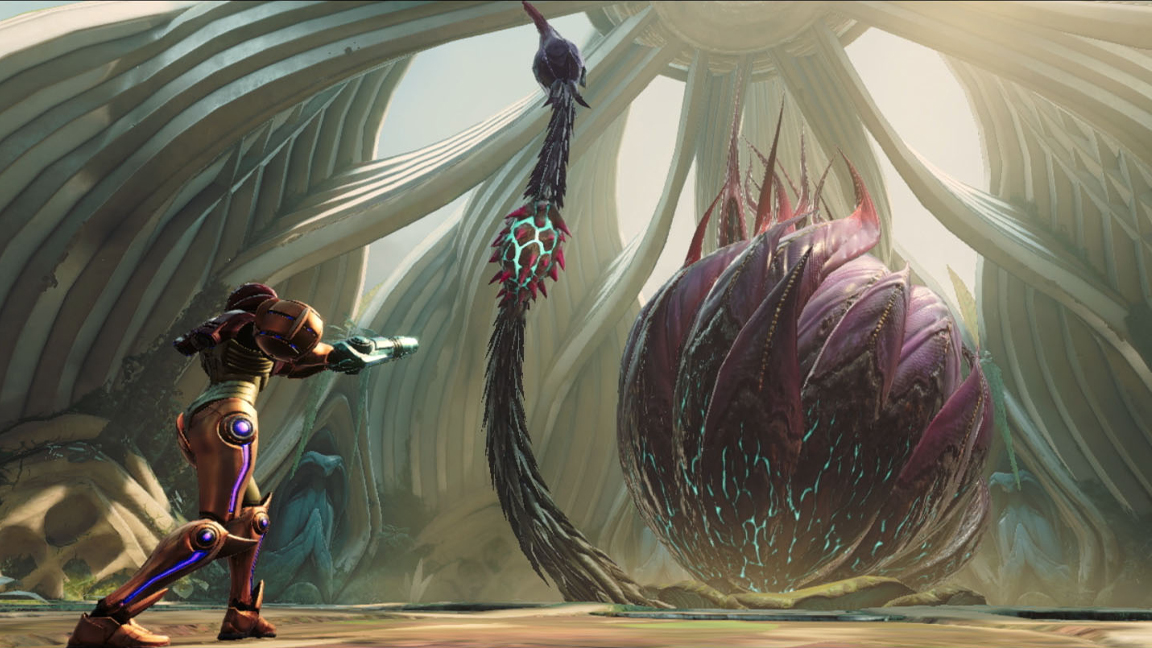
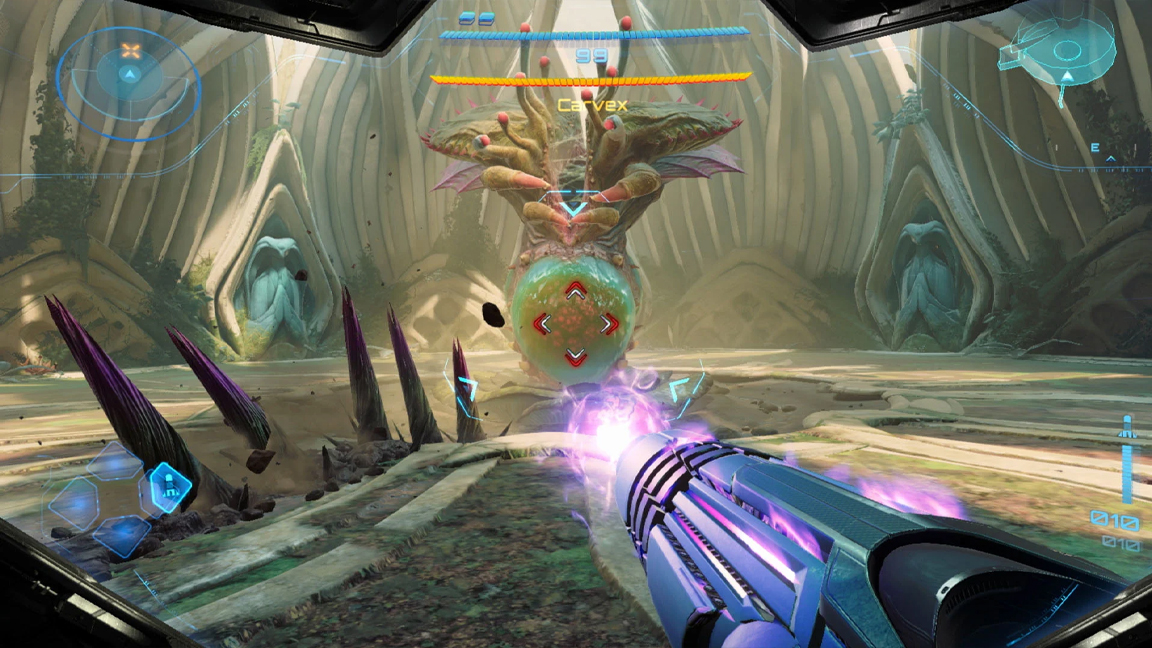
Nintendo is back on track
Nintendo has an enviable track record of being able to do more with less, of leveraging art direction over raw technology to create games and worlds that are memorable and timeless. The best Nintendo Switch games, such as The Legend of Zelda: Breath of the Wild and Super Mario Odyssey remain visually inventive and identifiable titles that, perhaps, don't boast the most detailed textures, but they do offer a clear, recognisable vision.
In a similar vein, Metroid Prime 4 needn't push for hyperrealism to compete with the latest PlayStation 5 release or Nvidia-optimised PC game, it simply needs to build on the signature art direction and storytelling the series has become renowned for; in word, it needs to be more Nintendo.
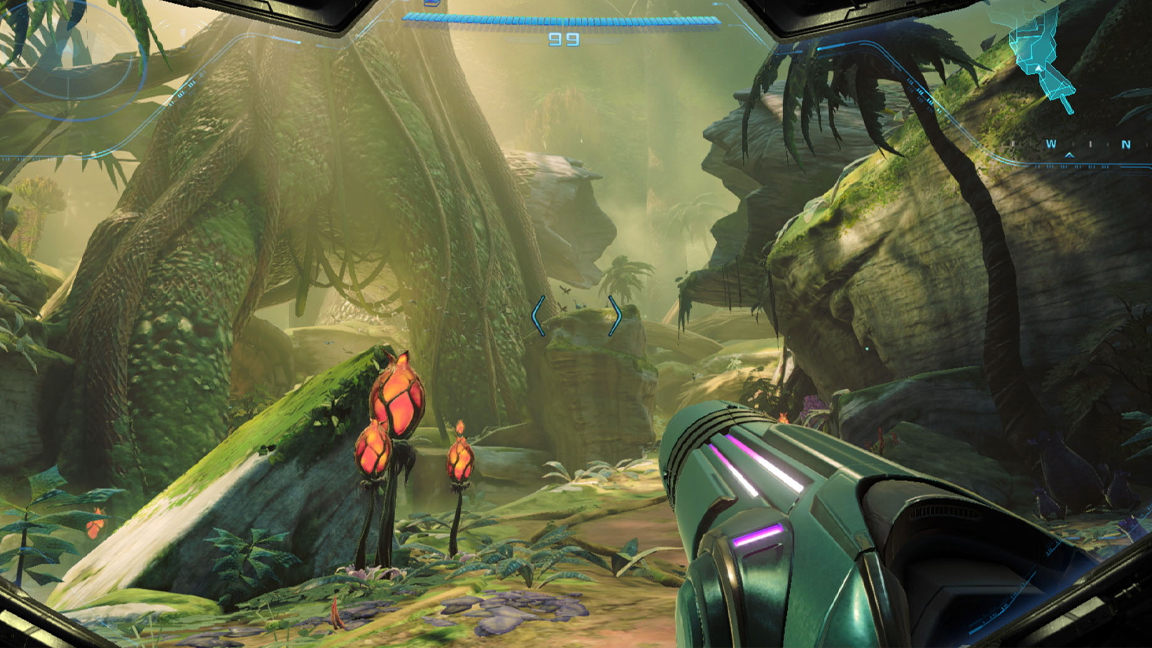
It simply needs to build on the signature art direction and storytelling the series has become renowned for; in word, it needs to be more Nintendo
After seeing the latest Metroid Prime 4 gameplay reveal during this week's Nintendo Direct it's clear the game will reaffirm why good art direction is a game's most valuable asset. Retro Studios' work is a reminder that players remember style, atmosphere and a strong, consistent identity far more than the number of polygons being thrown at the screen. If it plays as good as it looks, Metroid Prime 4 will be a testament to Nintendo’s understanding of what makes a game truly memorable. Even against technically superior competition. In the end, a beautiful game isn’t about power, it’s about purpose.
Visit the official Metroid Prime 4: Beyond site on the Nintendo store for more details.

Ian Dean is Editor, Digital Arts & 3D at Creative Bloq, and the former editor of many leading magazines. These titles included ImagineFX, 3D World and video game titles Play and Official PlayStation Magazine. Ian launched Xbox magazine X360 and edited PlayStation World. For Creative Bloq, Ian combines his experiences to bring the latest news on digital art, VFX and video games and tech, and in his spare time he doodles in Procreate, ArtRage, and Rebelle while finding time to play Xbox and PS5.
You must confirm your public display name before commenting
Please logout and then login again, you will then be prompted to enter your display name.
